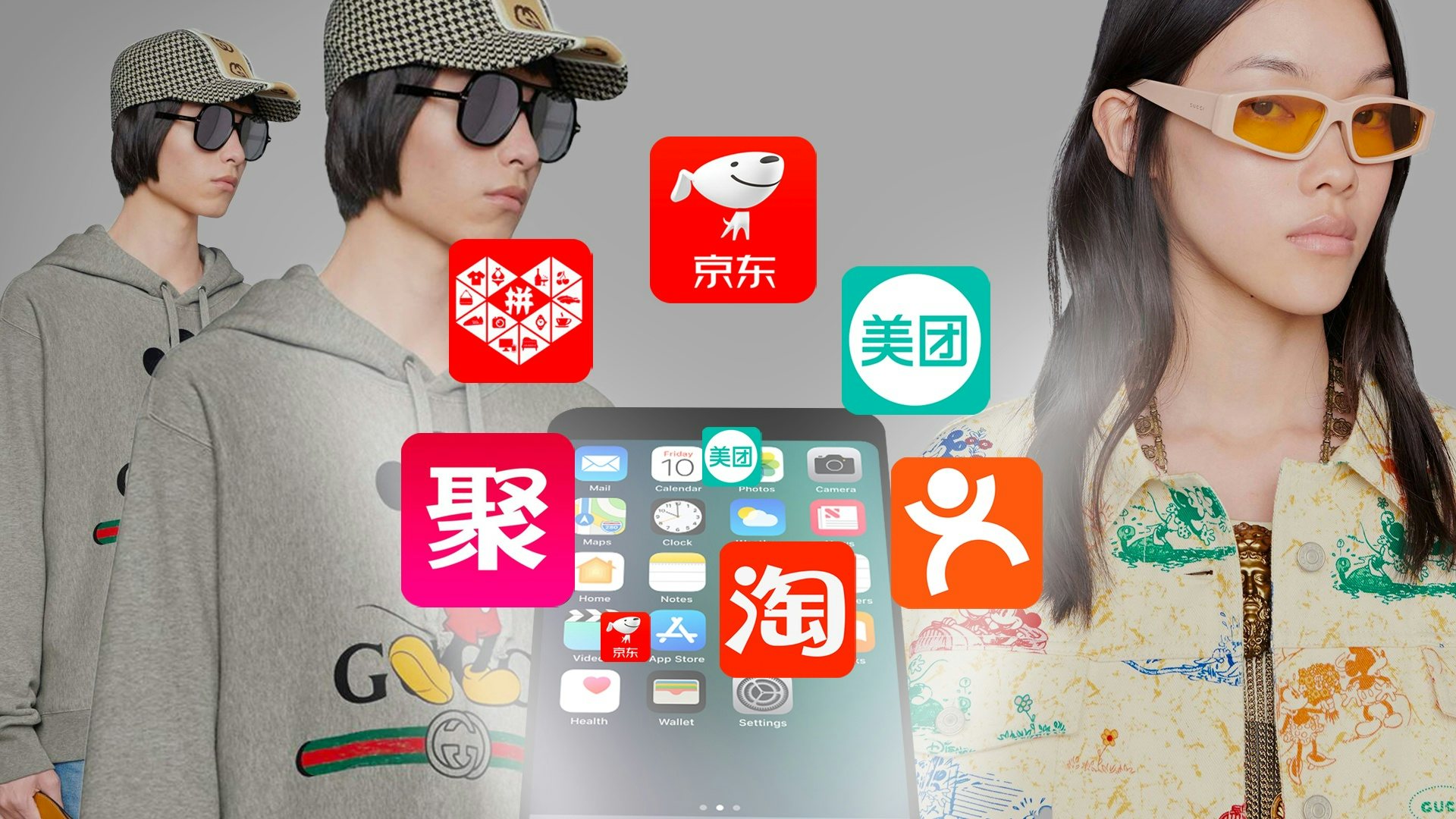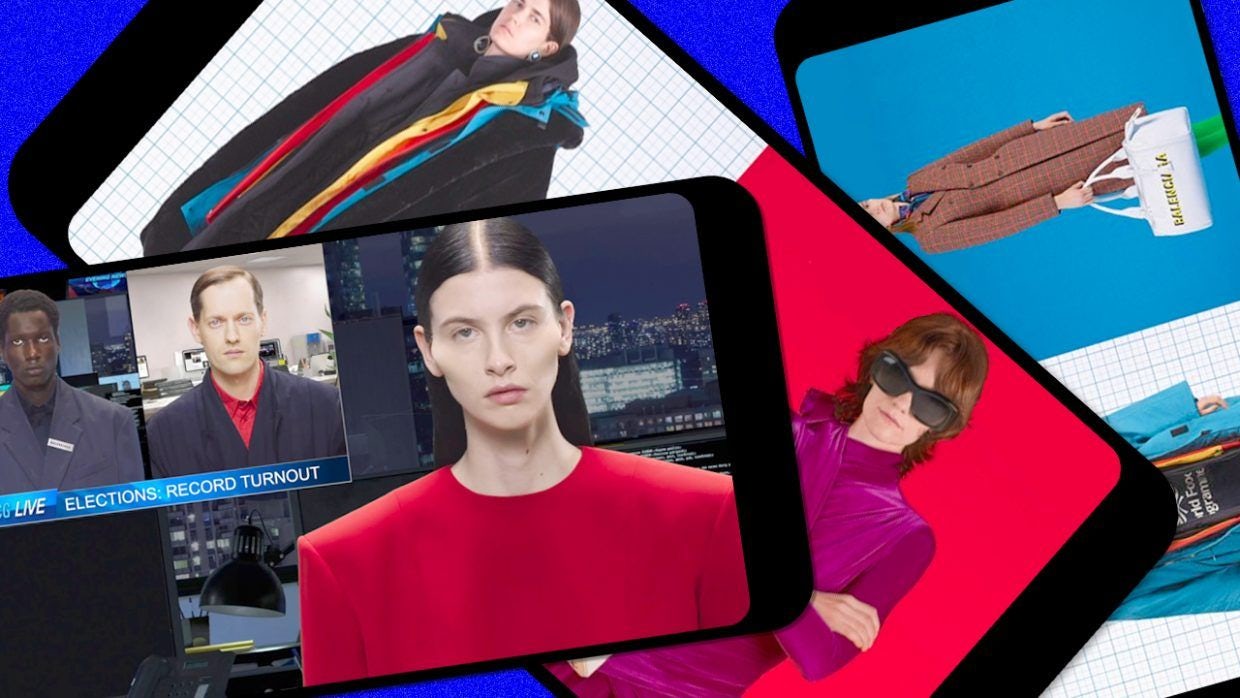Group buying is the latest buzzword in China e-commerce, with the hashtagged term collecting 4.7 billion views on Weibo. But it’s not the first time a craze for products purchased in large quantities or with friends at reduced prices emerged in China.
Several domestic players such as Meituan and Dianping jumped on this trend a decade ago, emulating the US-based online marketing company Groupon. Alibaba had also created a group buying platform called Juhuasuan in 2010. The sector ultimately collapsed, but the allure of collective buying has returned — but with a new, competitive urgency.
And lately, many of the major e-tail giants have been launching services that tap this segment of shoppers. In 2018, Alibaba’s Alipay added Pingou to its pre-existing Juhuasuan. JD.com also launched a group-buying Mini Program on WeChat — and then produced a dedicated group-buying app called Jingxi the following year. Meanwhile, the online retail website Suning dropped a similar app in July of 2018.
The consolidation of the sector over the last few years has been attributed to the explosive growth of the e-commerce platform Pinduoduo, which is now synonymous with the trend. Founded in 2015, it’s already China’s 3rd largest e-commerce provider after Alibaba and JD.com, and its recent company valuation of 108 billion has no doubt ruffled some feathers.
So far, during its short history, the company has managed to anticipate the evolution of the Chinese consumer and their pivot from solitary desktop purchasers to hyper-stimulated shoppers. The start-up thrived with consumers stuck at home during the pandemic by capitalizing on China’s love of KOL recommendations, word-of-mouth buying, and social shopping in a way that other apps didn’t.
Now, at a time when brands are struggling to innovate new, exciting ways to buy online, can luxury brands learn from this trend and the company that claims to have reinvented online shopping?
Why is China interested in group buying again?#
Group buying’s appeal in the West has waned in recent years. Industry leader Groupon has seen a steady decline in fortunes and volatility in its shares, which has only heightened during the pandemic. Yet, Chinese e-commerce platforms are expected to increasingly embrace the concept this year, according to Coresight Research, with more companies expected to launch their group buying functions soon.
China’s enthusiasm for group buying can be attributed to the country’s unique take on the trend. Look at Pinduoduo: When it started, shopping had already shifted from desktops to phone screens. Miranda Shek, Director of International Corporate Affairs at the company, explained that when the platform was being formed, there was a desire to digitally mimic offline shopping. “We created the feeling of being in a mall with your friends and enjoying the sensation of window shopping and sharing goods by replicating it online,” she said.
In real terms, this meant creating an interface that allowed users to share their purchases with friends via posts to build networks and communities. More importantly, consumers would be able to create and host their own sales events for anything from watermelons to vacuums. The discounted price was only secured once a buyer target was met, encouraging hosts to invite friends to purchase along with them.
This unpredictability injects a sense of excitement into the collective retail experience, especially for the host. And, by trading on the concept of FOMO, platforms can galvanize online retail communities in a new way. This fear of missing out is also cleverly applied to Pinduoduo’s large Gen-Z user base, who entice and bring aboard older generations that are less comfortable with buying online but trust their families and friends.
These particular tactics, as employed by Pinduoduo, have worked. The company’s June quarter earnings report posted revenues of 1.73 billion, up 67 percent from 2019, despite the presence of COVID-19. Meanwhile, its gross merchandise value in the 12 months ending June 30 was 179.6 billion — up 79 percent from a year earlier — and its active monthly users in the same period were up by more than 50 percent, totaling 568.8 million.
And although the average annual spending amount per active buyer has gone up, it’s still low at 262.80 — a far cry from luxury spending numbers. In fact, many citizens from first and second-tier cities snub the site entirely. But there are other issues to tackle as well. A recent Tesla controversy had many questioning the credibility of Pinduoduo, and like other platforms, the site must deal with counterfeiting and quality-control issues.
Despite the image, what can luxury learn?#
The dissonance between group buying and luxury items, which signify exclusivity and elitism, is obvious. Yet, consumers all buy from the same top tier houses, although the goods can often vary greatly in price and product finish. Yanyan Froud, regional VP of APAC at the performance marketing agency Forward PMX, confirmed this complex problem.
“Having similar or the same products are fine, but luxury consumers don’t want to be entirely the same,” said Froud. Moreover, discounted goods are often “looked down upon in China.” But, a platform like Pinduoduo trades on the thrill of creating your own event, making the process valuable and memorable. Froud also noted that group-buying isn’t just about making a purchase; it’s more about the “exclusive feeling which creates trust and encourages consumption.”
It can be more complicated, but group-buying is a trade-off Froud says is worth it to Chinese consumers. “In many cases, you have to launch the ‘sale’ or the group-buying events yourself, so it’s not as simple as straightforward buying,” she added. “You are involved, not passive. It’s a bit complicated, but it’s seen as more fun in China. It also negates the discount, as you are working for it.”
As it stands, the group-buying concept could work for lower-priced brands or diffusion lines that want to expand into lower-tier Chinese cities — if they can create or control the hosting platform, that is. And as brands look to stand out in this new, challenging market, discounted group buys could be perceived as their reward for taking part in this new sales model, similar to loyalty rewards.
China’s total retail sales of consumer goods during July reached 4.64 million — lower than predicted — and consumers are still avoiding brick-and-mortar stores as the pandemic lingers on. Brands and stores have already been offering loyalty schemes and exclusive sales, so flash group-buying sales or limited-bidding events could excite jaded luxury online consumers, and not just in China. And to help cope with the continuing management fallout from COVID-19, group buying could offer retailers a golden opportunity to clear inventory.
But this strategy isn’t without risk. Many third-parties may sell luxury goods without a brand's knowledge, explained Mario Ortelli, who is the managing partner at the luxury strategy advisory company Ortelli & Co, adding that “there is little a brand can do to stop them from offering unsold stock via group platforms.”
Yet Ortelli did see the potential for luxury brands to explore this trend. “By creating small releases of consumer-driven exclusive products — to be sold discreetly — luxury companies can capture a bit of the excitement of group buying,” he suggested.
Pinduoduo recently tapped Ma Jing, who worked at Chanel for over 17 years, as their vice president of finance. But the company told Jing Daily that this had more to do with “needing a safe pair of hands” on board than it was an attempt to segue into the luxury sector. However, the company added that “once customers are comfortable with the process, they’ll want [higher ticket items] and will be bold enough to move on to higher value.”
Regardless of whether Pinduoduo will ever eye the luxury market, the battle for Chinese consumers dictates that brands must keep innovating. There is much to learn from the impulsive and interactive nature of group buying, despite the perceptions about it. So, rather than shy away from this trend, fashion brands should learn to adapt it to their own needs, just as China has done.

